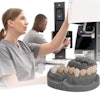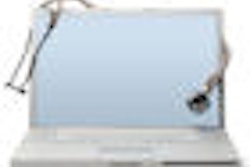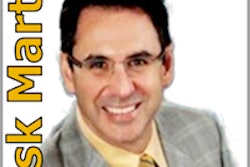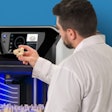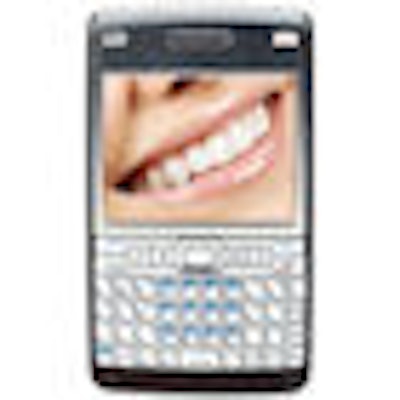
A team of Korean researchers put three imaging devices to the test and came to a surprising conclusion: cell phone cameras top the list in emergency dental situations when a practitioner is not readily available.
"The initial assessment of dentoalveolar trauma is very important to reduce post-traumatic complications," wrote Sun-Kook Yoo and colleagues from Yonsei University College of Dentistry and College of Medicine in the Journal of Telemedicine and Telecare (April 2009, Vol. 15:3, pp. 145-149). "Hence an immediate communication link between the patient and the dentist can be useful in deciding about emergency dental dispatch or providing dental first aid to the patient."
Yoo and his team compared an oral camera (Win-Denti 2.0, Win-US Technology), a digital single lens reflex (DSLR) camera (Nikon D80, Nikon), and the built-in camera of a mobile phone (Sky IM-U140, Pantech Group) to determine their suitability in such situations. The researchers evaluated the devices for image quality, connectivity, and user convenience.
Twenty subjects volunteered to take part in the study. Four images were taken with each device for a total of 12 images per volunteer. Images featured front and occlusal views of the maxillary anterior teeth taken under a standard chairside dental light, and teeth structure integrity, gingival bleeding, tooth alignment, and the presence of teeth were evaluated.
In addition, the researchers simulated five different environmental conditions that could affect image quality. They turned off the dental light and used the lighting system available with each imaging device, tilted the imaging axis 30° to the left and 30° to the right, deliberately shot images out of focus, and had the subjects move their heads slowly to produce motion artifacts.
Study findings
According to Yoo and his colleagues, the oral camera and the DSLR camera required 120 and 90 seconds of preparation time, respectively, which they felt was too long and thus "unsuitable for emergency dental situations." With the mobile phone, prep time was reduced to 5 seconds.
In addition, while the DSLR camera produced the best image quality under all conditions, it was a relatively large device and special care was required to produce those images, the researchers noted. The oral camera failed to give satisfactory images under three of the five environmental conditions (without extra lighting, out of focus, and head motion), while the mobile phone camera was "very easy to use and to handle" and provided good information for initial diagnosis, even at high compression ratios.
"The built-in camera of the mobile phone showed high image quality in the baseline and lighting conditions ... [but] poor image quality for the out of focus and head motion conditions," they wrote. "If the image acquisition conditions are carefully set up, this device might be the best for emergency dental trauma situations."
Marty Jablow, D.M.D., a practicing dentist in New Jersey, said he has used cell phone images on a limited basis with satisfactory results.
"The best picture is the DSLR camera, [but] the cell phone wins because it is readily available and may yield an adequate picture to aid in a diagnosis," he told DrBicuspid.com. "While there is great variation in cell phone camera quality, I think the cell phone would be adequate to make a diagnosis of a fractured tooth or a gross soft-tissue lesion."
|
Copyright © 2009 DrBicuspid.com
